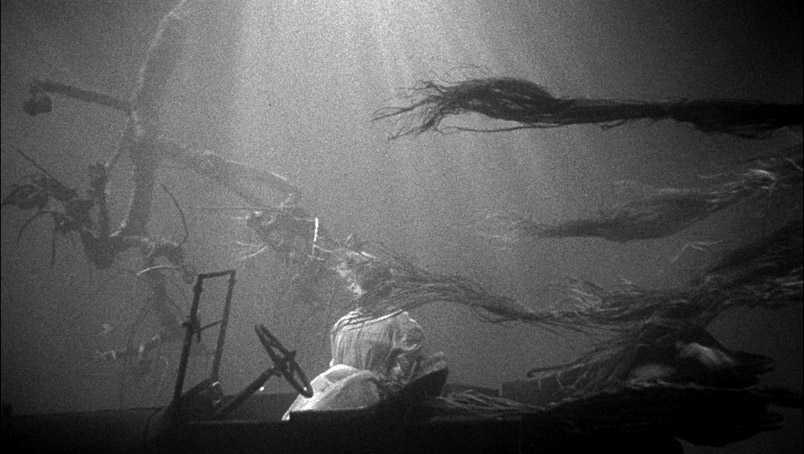
Film Noir as appointed by many sources is a film sub-genre that first developed in the United States as a fruit of many influences, first and foremost, German Expressionism and its filmmakers that fled Germany (amidst the rise of Nazism) to come to America, filmmakers such as Fritz Lang.
However, French poetic realism was also a major inspiration to the noir movement, whose roots also remount to the dark foggy works of Josef Von Sternberg, being 1927’s Underworld and 1928’s The Docks of New York, examples of such.
In an early stage, noir films applied a bold visual style that highlighted the use of black and white contrasts, of shadows, of mirrors and textures (such as cigarette smoke) to the American hard-boiled movement – detective stories (either from cheap magazines – Amazing detective, True detective, Dime detective; or from already established authors like Raymond Chandler, Rex Stout, Ross Macdonald, James M. Cain or Dashiell Hammett).
However, as this style developed, this noir influence quickly extended to other genres such as western, war, family dramas, romance, etc.
In 1995, Roger Ebert, wrote down a couple of Film Noir characteristics:
“1. A movie which at no time misleads you into thinking there is going to be a happy ending.
2. Locations that reek of the night, of shadows, of alleys, of the back doors of fancy places, of apartment buildings with a high turnover rate, of taxi drivers and bartenders who have seen it all.
3. Cigarettes. Everybody in film noir is always smoking, as if to say, “On top of everything else, I’ve been assigned to get through three packs today.” The best smoking movie of all time is “Out of the Past,” in which Robert Mitchum and Kirk Douglas smoke furiously at each other. At one point, Mitchum enters a room, Douglas extends a pack and says, “Cigarette?” and Mitchum, holding up his hand, says, “Smoking.”
4. Women who would just as soon kill you as love you, and vice versa.
5. For women: low necklines, floppy hats, mascara, lipstick, dressing rooms, boudoirs, calling the doorman by his first name, high heels, red dresses, elbow length gloves, mixing drinks, having gangsters as boyfriends, having soft spots for alcoholic private eyes, wanting a lot of someone else’s women, sprawling dead on the floor with every limb meticulously arranged and every hair in place.
6. For men: fedoras, suits and ties, shabby residential hotels with a neon sign blinking through the window, buying yourself a drink out of the office bottle, cars with running boards, all-night diners, protecting kids who shouldn’t be playing with the big guys, being on first-name terms with homicide cops, knowing a lot of people whose descriptions end in “ies,” such as bookies, newsies, junkies, alkys, jockeys and cabbies.
7. Movies either shot in black and white, or feeling like they were.
8. Relationships in which love is only the final flop card in the poker game of death.
9. The most American film genre, because no society could have created a world so filled with doom, fate, fear and betrayal, unless it were essentially naive and optimistic.”
This list contemplates two goals:
1. It puts an emphasis on the film’s visual elements, the various ‘chiaroscuro techniques’ applied by cinematographers, regardless of the plot and performances.
2. To include only classic American noir films and to some extent it tries to include examples of noir films and noir influenced films from other genres.
1940s
1. The Letter (1940)
Cinematography by Tony Gaudio
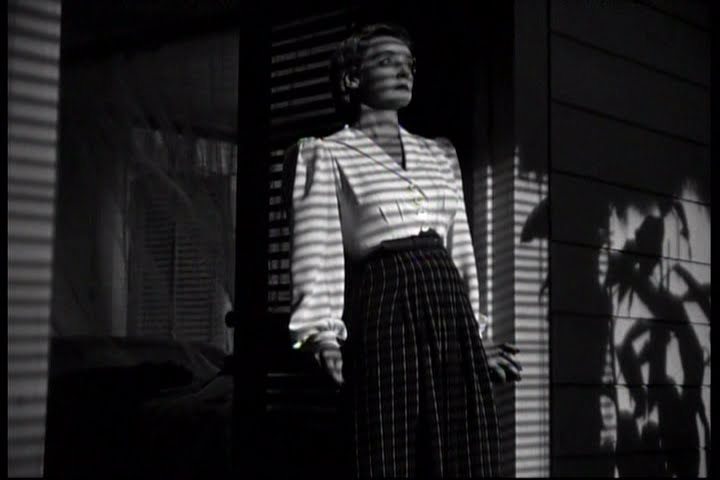
2. Stranger on the Third Floor (1940)
Cinematography by Nicholas Musuraca
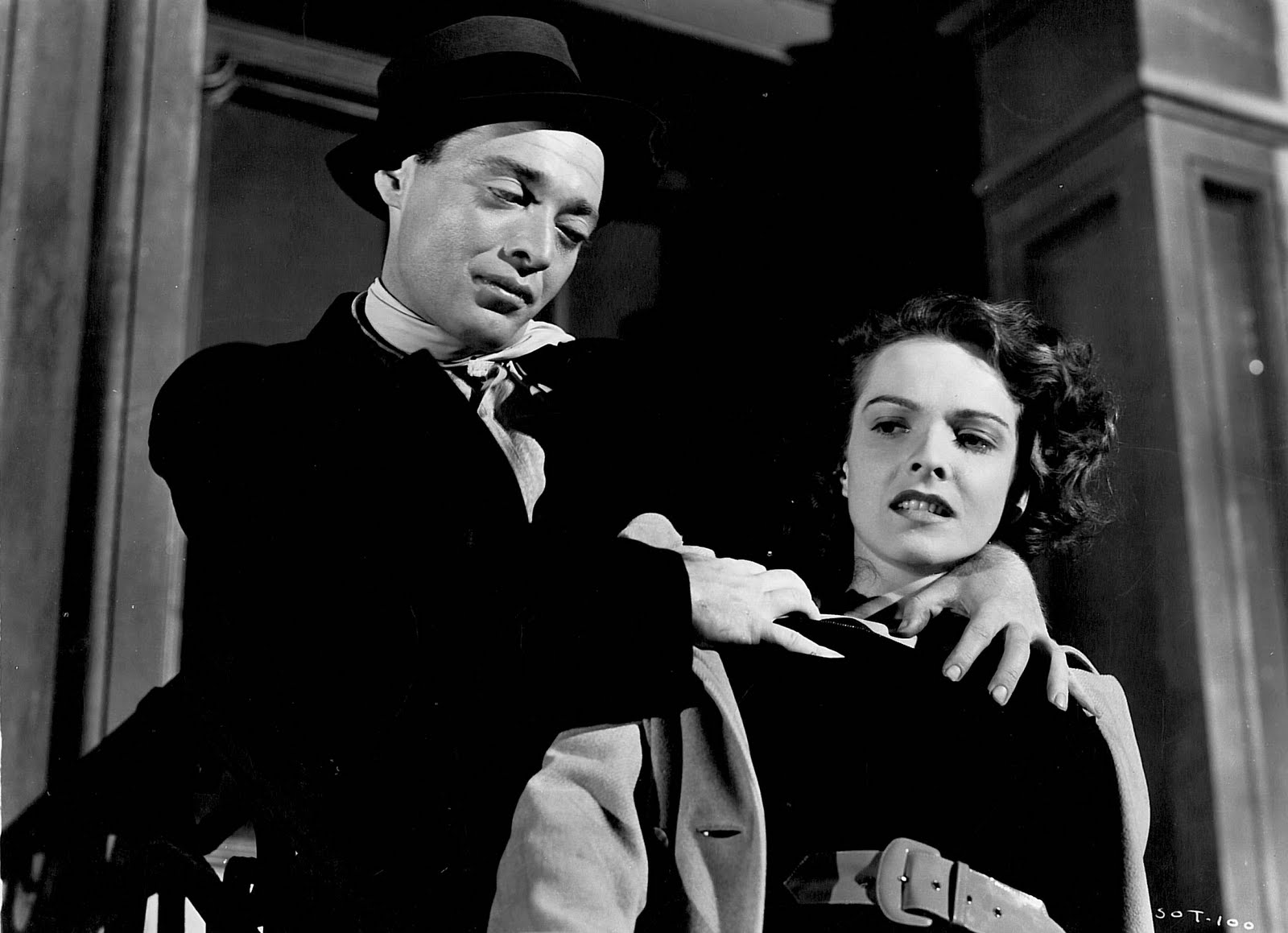
3. This Gun for Hire (1942)
Cinematography by John F. Seitz
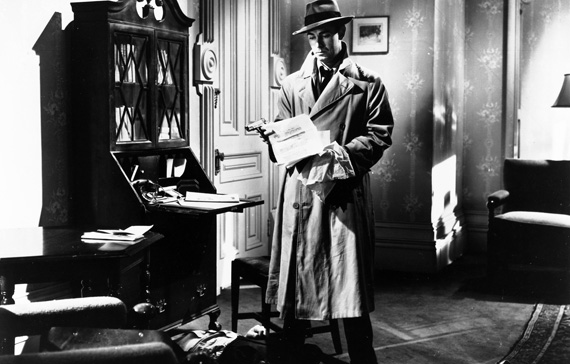
4. Double Indemnity (1944)
Cinematography by John F. Seitz
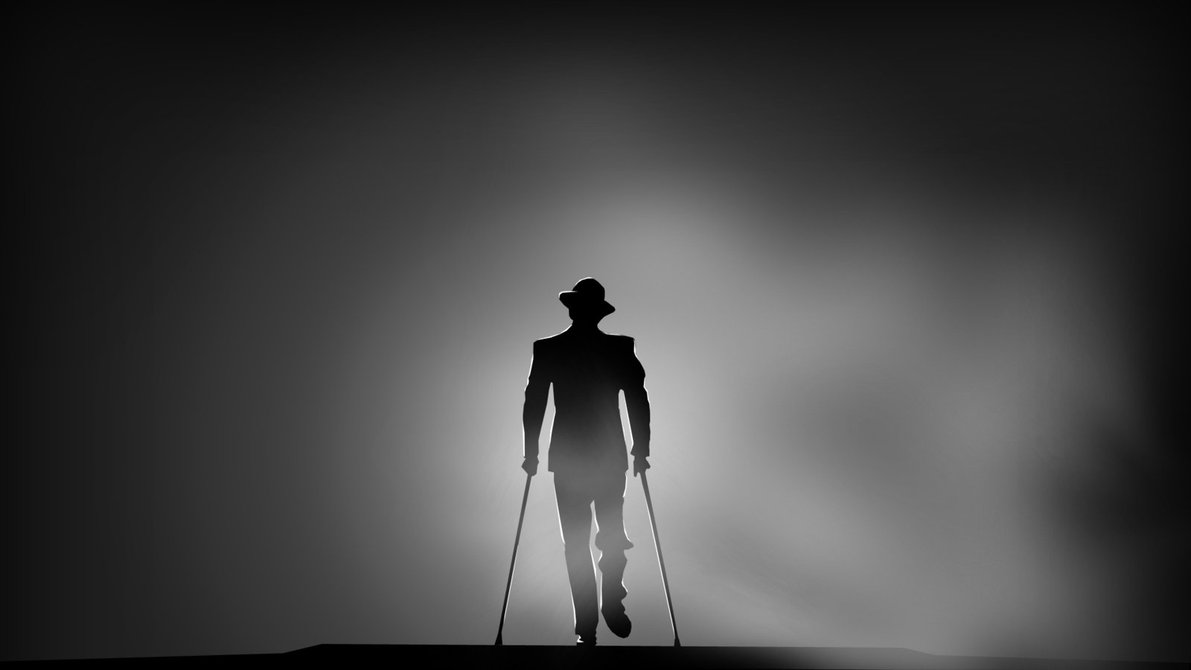
5. The Big Sleep (1946)
Cinematography by Sidney Hickox
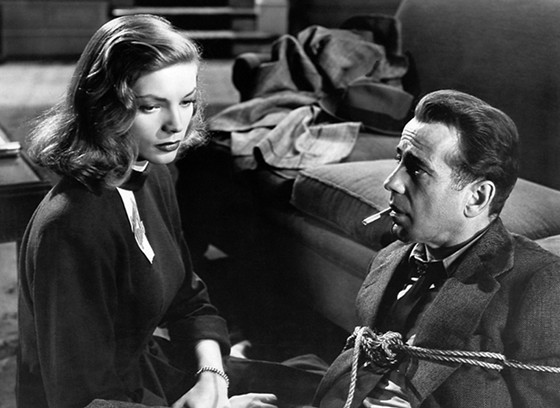
6. Out of the Past (1947)
Cinematography by Nicholas Musuraca
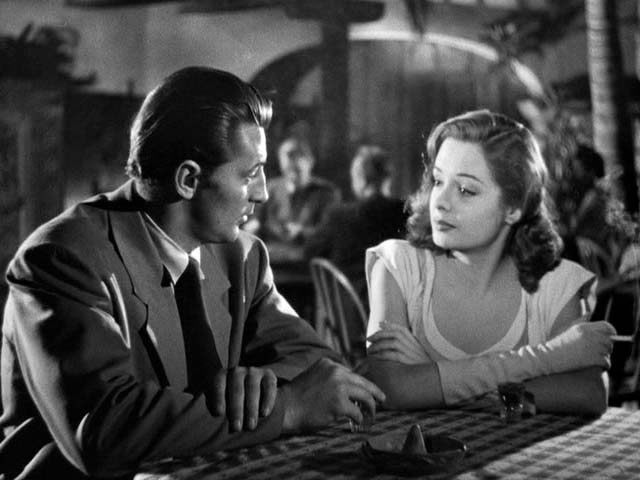
7. Secret Beyond the Door (1947)
Cinematography by Stanley Cortez
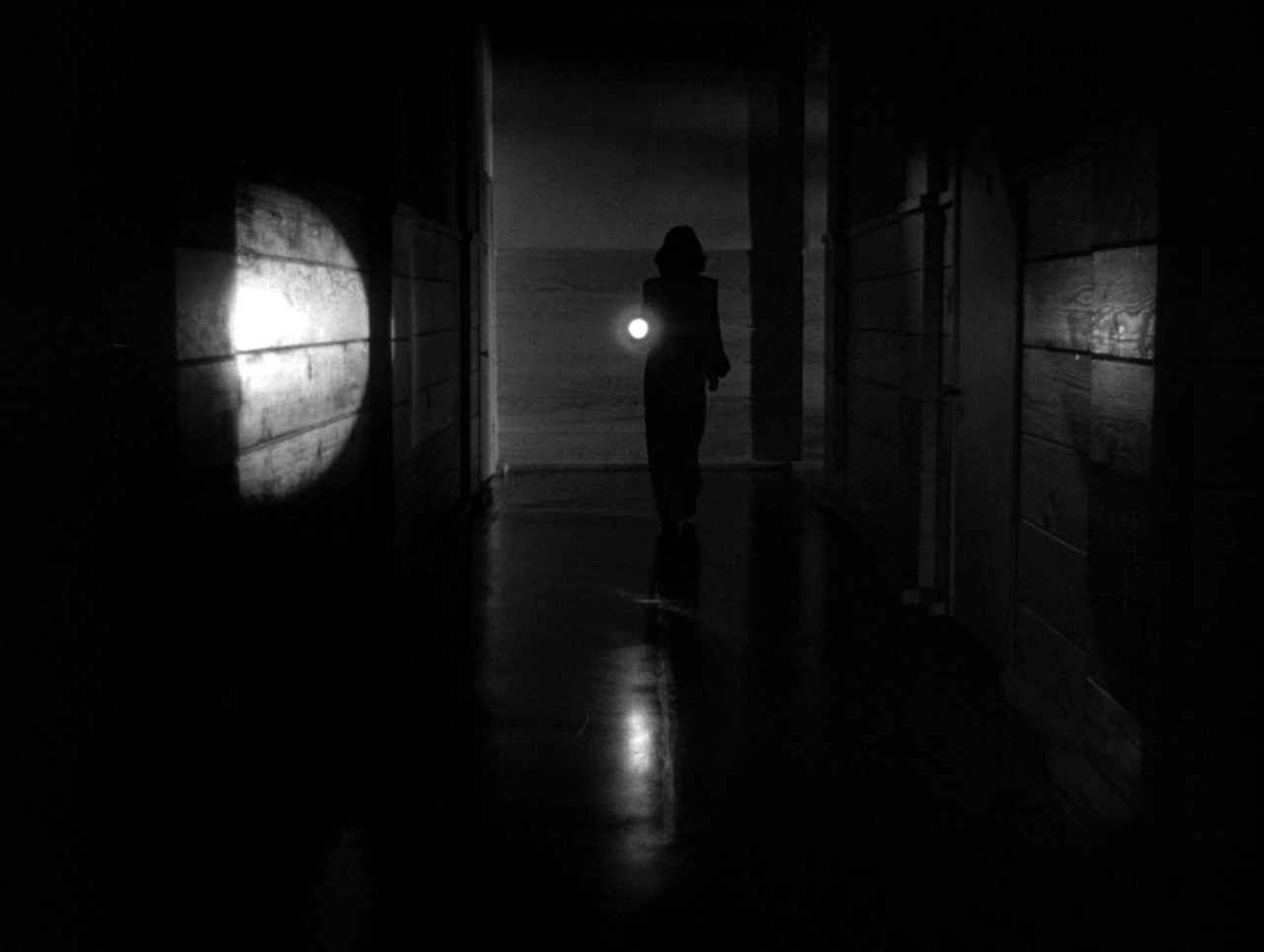
8&9. John Alton’s: T-Men (1947) and Raw Deal (1948)
Cinematography by John Alton
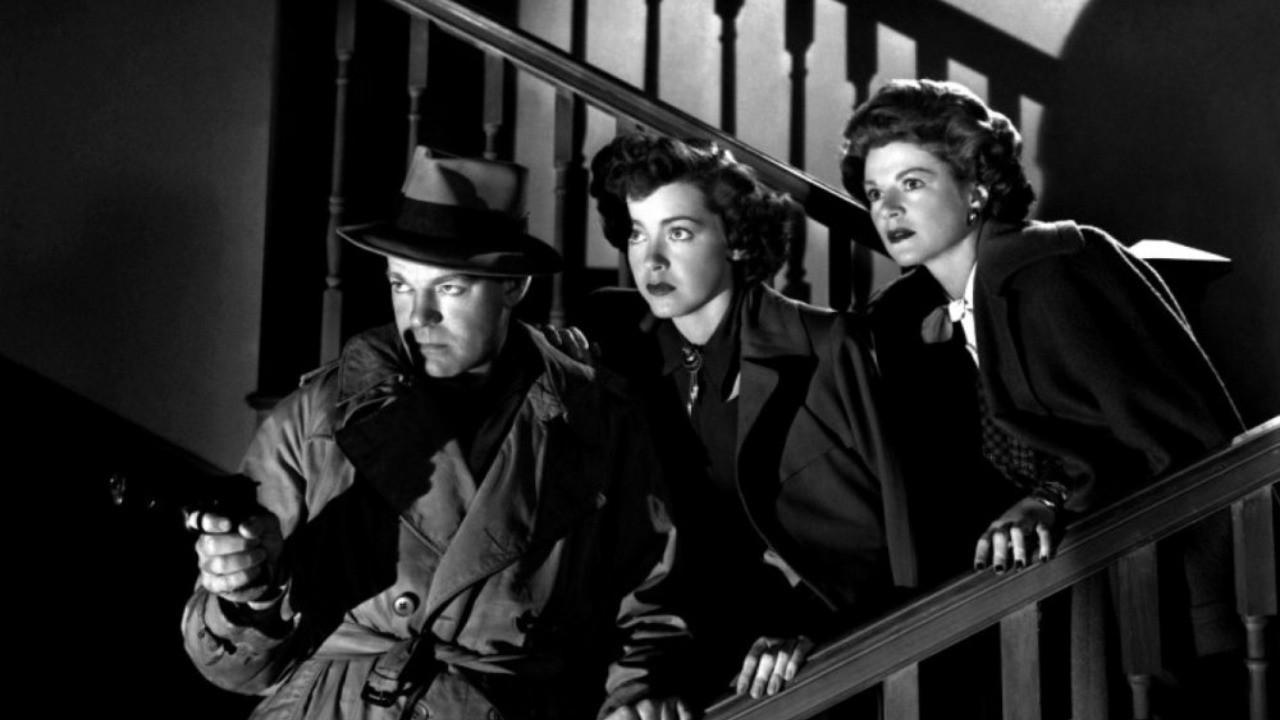
10. Blood on the Moon (1948)
Cinematography by Nicholas Musuraca
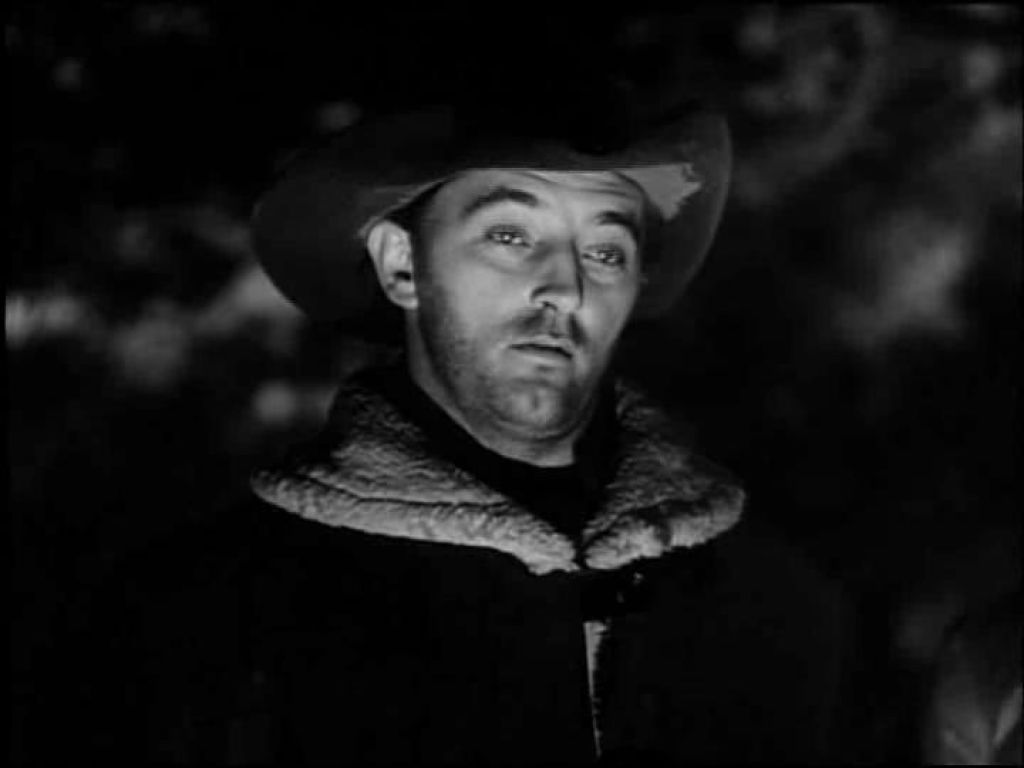
11. The Set-Up (1949)
Cinematography by Milton R. Krasner
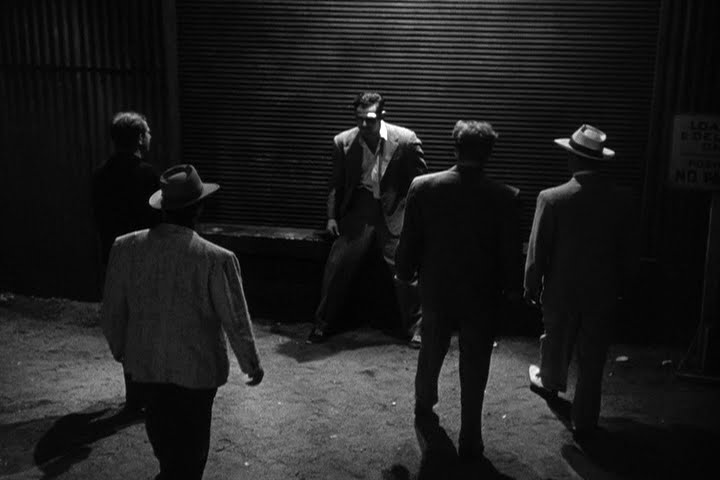
Other notable achievements (because this list can’t be endless):
Angels over Broadway (1940); They Drive By Night (1940); Rebecca (1940); City for Conquest (1940); The Devil and Daniel Webster (1941); Blues in the Night (1941); Out of the Fog (1941); The Maltese Falcon (1941); I Wake Up Screaming (1941); High-Sierra (1941); Among the Living (1941); A Woman’s Face (1941); The Glass Key (1942); Journey Into Fear (1942); Johnny Eager (1942); Hangmen Also Die! (1943); Shadow of a Doubt (1943); Gaslight (1944); The Mask of Dimitrios (1944); Laura (1944); To Have and Have Not (1944); The Suspect (1944); Ministry of Fear (1944); The Whistler (19449; Murder, My Sweet (1944); The Lodger (1944); Phantom Lady (1944); The Woman in the Window (1944); Cornered (1945); The House on 92nd Street (1945); My name is Julia Ross (1945); Detour (1945); The Lost Weekend (1945); Mildred Pierce (1945); Leave Her to Heaven (1945); Hangover Square (1945); Spellbound (1945); Scarlet Street (1945); The Dark Mirror (1946); The Strange Love of Martha Ivers (1946); The Blue Dahlia (1946); The Spiral Staircase (1946); The Stranger (1946); The Dark Corner (1946); The Killers (1946); Notorious (1946); Cloak and Dagger (1946); The Postman always rings twice (1946); Gilda (1946); Body and Soul (1947); The Devil Thumbs a Ride (1947); Kiss of Death (1947); A Double Life (1947); Ride the Pink Horse (1947); Boomerang (1947); Crossfire (1947); Nightmare Alley (1947); Fear in the Night (1947); Brute Force (1947); Pursued (1947); Riff-Raff (1947); Desperate (1947); Born to Kill (1947); They Won’t Believe Me (1947); All My Sons (1948); Force of Evil (1948); Cry of the City (1948); Hollow Triumph (1948); Sorry, Wrong Number (1948); The Treasure of Sierra Madre (1948); The Street with no Name (1948); Night Has a Thousand Eyes (1948); The Naked City (1948); The Lady From Shanghai (1948); He Walked By Night (1948); Moonrise (1948); Key Largo (1948); So Evil My Love (1948); The Big Clock (1948); Call Northside 777 (1948); The Woman in White (1948); Canon City (1948); Act of Violence (1949); Alias Nick Beal (1949); All King’s Men (1949); The Big Steal (1949); The Bribe (1949); Champion (1949); Criss Cross (1949); The Man on the Eiffel Tower (1949); Thieves’ Highway (1949); The Threat (1949); Too Late For Tears (1949); White Heat (1949); The Window (1949);